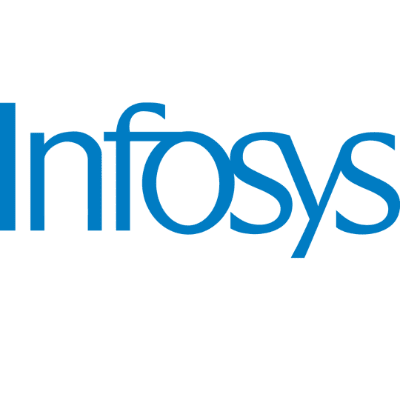
Improving Healthcare Outcomes for Patients in the US


Improving Decision-Making and Boosting Productivity
According to the Commonwealth Fund, an organization that supports independent research on healthcare, the US spends nearly 18% of GDP on health care, yet Americans die younger and are less healthy than residents of other high-income countries. Healthcare providers are taking action to improve outcomes,engaging and empowering patients through the power of technology. But while innovation is driving transformation, providers remain burdened by fragmented operating systems and industry consolidation.
This webinar – hosted by the Financial Times in partnership with Infosys – explored the changing operational and regulatory landscape in which healthcare organisations now function. It looked at patients’ growing expectations of healthcare providers and will examine the role that technology can play in improving decision-making and boosting productivity. The discussion also considered how to drive operational efficiencies while delivering on expectations of access to high-quality, affordable care.
Data-enhanced Environment
How can you develop the skills and capabilities to ensure that you thrive by enabling health and care professionals to work in a digitally and data-enhanced environment?
Personalized Patient Pathways
How do you achieve the right balance between digitization and in-person care?
Leveraging AI
In what parts of a healthcare organization can cutting-edge technologies such as AI be used to enable improved hospital operations and better patient outcomes?
World-Class Business Leaders and Speakers
Join us on-demand
FT Live Digital Dialogues - a 50 minute event experience delivering maximum engagement. Live webinars provide unique opportunities to engage global senior audiences. All access, digital passes include access to all the live sessions PLUS all sessions on demand for 30 days. Join the conversation.
We’re Here To Help
© Financial Times Live
FT Live and its journalism are subject to a self-regulation regime under the FT Editorial Code of Practice


